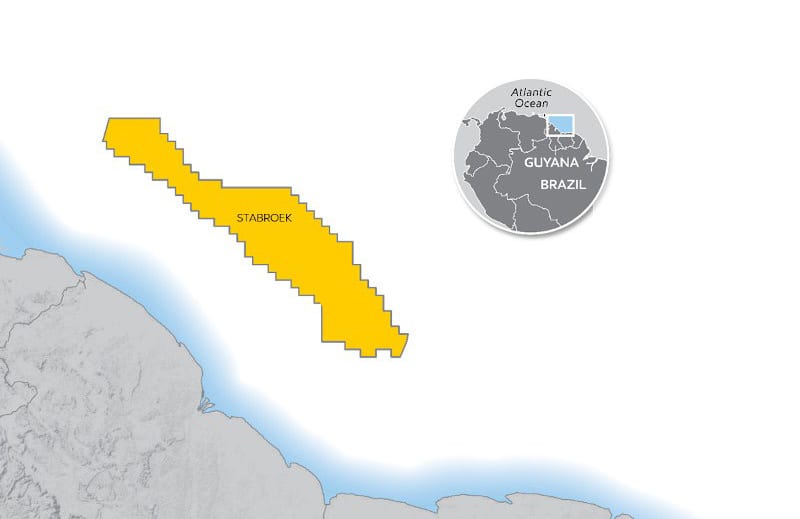Oil and gas exploration is risky business. Prior to the 2015 Liza discovery, all available data pointed to a high probability of not finding any commercial hydrocarbons offshore Guyana. The level of uncertainty was so high that U.S. oil major ExxonMobil’s partner at the time – Royal Dutch Shell – although analysing the same data that led to the Liza discovery, decided that the financial risk was too high and the prospects of finding oil was extremely low.
The company exited the basin in 2014, giving up its 50% stake in the giant Stabroek Block.
Reflecting on this period, Donald Ramotar, who was President of Guyana at the time, said, “Prior the confirmed oil find in 2015, our basin was considered very high risk. In fact, in 2014, Shell voluntarily gave away its rights to half of the entire Stabroek Block for a mere $1.”
And the company did so with good reason. Shell, together with Conoco, had drilled the Berbice #1 and #2 wells starting in 1971, both of which were abandoned after encountering a gas kick and minor oil and gas shows within the Pliocene and Oligocene. Shell then drilled the unsuccessful Mahaica 1 in 1974 and Abary 1 in 1975, both abandoned after encountering only hydrocarbon shows. The company continued its efforts and drilled Mahaica 2 in 1976, resulting in yet another duster.

“At the time we exited Stabroek… I was in a different part of the business at the time,” said Bill Langin, Shell’s Vice President Exploration – North America and Brazil, speaking at the recently concluded Suriname Energy Oil & Gas Summit. He was responding at the time to a question about the company’s decision to exit the Stabroek Block. “We were in a consolidation phase within Shell, we had probably 30 or 40 exploration positions around the world and at the time it didn’t fit within the core efforts that we saw.”
Exxon, not wanting to carry 100% of the risk itself, went on to partner with Hess and CNOOC and eventually made the biggest discovery in the world at the time, hitting pay at the Liza field the year after Shell departed.
“We obviously didn’t realize the significant potential that sat in that block,” Langin stated. “So, I say explorers are usually like baseball players; if we get it right a quarter of the time, we’re doing well. Clearly, this is one that we didn’t quite get right at the time, unfortunately for Shell.”
One oil major walked away, 20 companies said no to Guyana exploration
And Exxon has been getting it right since then. Approximately 80% of the time. The company has made around 20 discoveries at the Stabroek Block with just a few non-commercial strikes, delivering more than 9 billion barrels of oil equivalent resources. It started producing oil at Liza Phase 1 in December 2019, delivering the fastest production ramp up the industry has ever seen, from discovery to first oil. Oil production from Liza Phase 2 could start as early as year-end, a third project at Payara is targeting start-up in 2024, and Yellowtail, its fourth development, could come on stream by 2025.
All told, Guyana is on course to become one of Latin America’s biggest oil producers, second only to Brazil.
And it all started with Liza.



